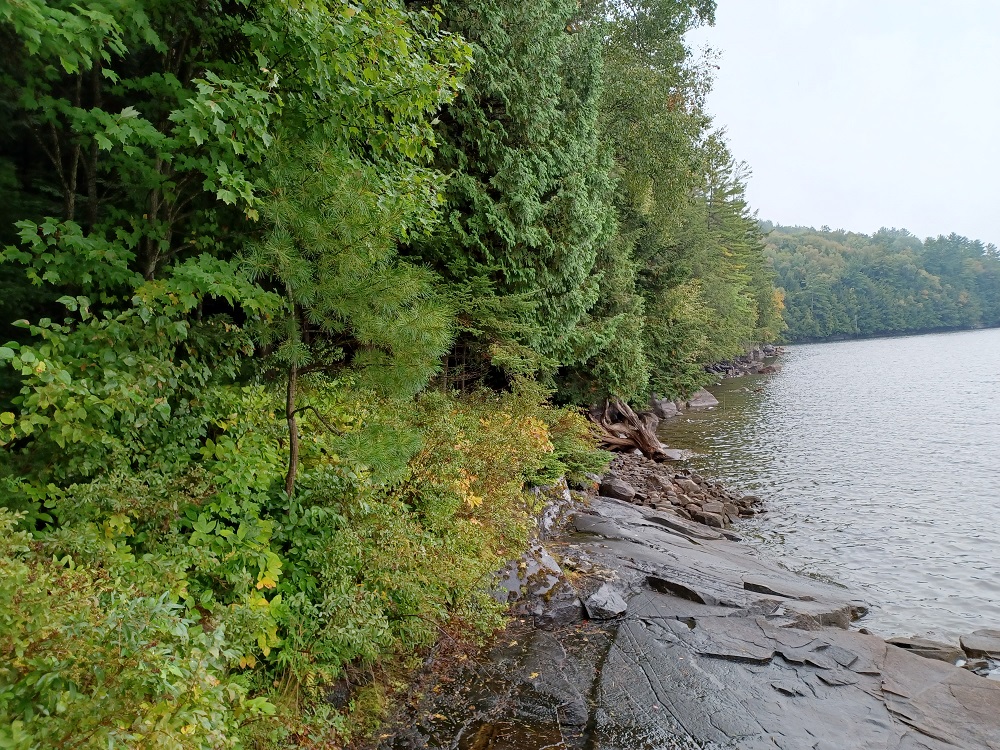“Keep it natural and they will come,” naturalist Terry Sprague told a crowd of nearly 40 who joined Environment Haliburton! to hear from the acclaimed nature columnist and educator Sept. 20.
He’s written more than 2,000 columns about the outdoors for the Picton Gazette and regularly trains landowners on how they can naturalize their properties.
Property naturalization means letting the natural plants and animals that visit your property direct how it’s maintained.
Sprague’s talk focused on how Highlanders can make their properties safe havens for wildlife without attracting nuisance animals and pests.
He said Haliburton County’s unique geography – plenty of lakes and forests – means it’s “essential you protect these natural features and the watercourses that they touch.”
He said the main reasons to attract wildlife are to “complete the picture” of the environment. Trees, shrubs and lakes should be accompanied by their oldest inhabitants, Sprague said.
“You do have to be cautious though when attracting wildlife to the backyard,” he added.
He said deer, for instance, should not be fed. If people feed animals such as deer, they’ll congregate in these residential settings, which can lead to disease, or predator dangers.
“Eventually, if you don’t do it the right way you may have an overabundance in what you’d try to attract in the first place.”
To make a property attractive to animals, Sprague said it must meet four basic needs: containing food; water; places where wildlife can raise their young and hide; and space. “With few exceptions, all species of wildlife require a certain amount of real estate, that can vary depending on the species,” Sprague said.
He added these needs can be subtracted to deter pest animals, plant shrubs by the water, for instance, and geese are less likely to frequent your grass to avoid feeding in an area with hiding places for predators.
Often, making habitats for critters such as bees, butterflies or squirrels is easy. It can mean leaving dead trees on the forest floor, which can turn into homes for insects, or piling up brush on your property to provide a home for bigger animals.
“I get a lot of enjoyment watching birds in these brush piles in the wintertime,” Sprague said.
Planting native trees, shrubs and other plants might also bring you more winged visitors, Sprague said, along with being more apt to grow and thrive in the Highlands environment.
For shoreline-loving trees, he suggested Silver Maple, Green Ash, Red Maple, Sugar Maple, White Cedar, Eastern Hemlock or Hackberry. Native shrubs include Red Osier Dogwood, Grey Dogwood, Elderberry, Serviceberry, Nannyberry, Chokecherry, Pussy Willow, Winterberry and Highbush Cranberry. Groundcover options include Fragrant Sumac, Virginia Creeper, Wintergreen, Bittersweet and Bearberry. Wildflowers include Turtlehead, Swamp Milkweed, Cardinal Flower and Touch-menot.
Sprague said naturalization isn’t hard, but requires research. “It’s a case of caring for your little piece of heaven responsibly,” he said.





